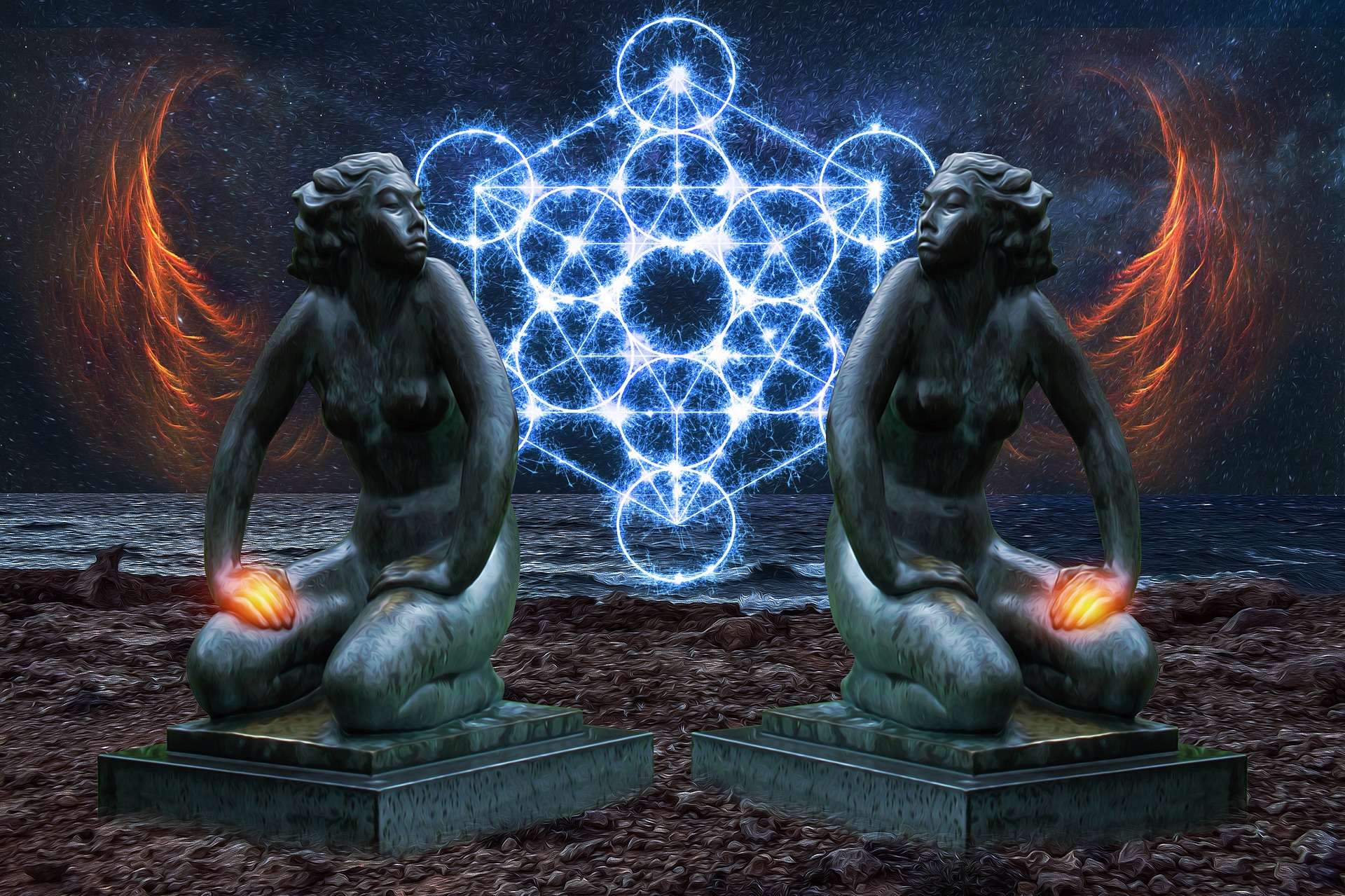Emily Dickinson- Emily Elizabeth Dickinson (December 10, 1830- May 15, 1886) was an American poet, born in Amherst, Massachusetts. She was a prolific private poet and her major works had recurring themes of time, immortality and death. Emily lived a self-imposed socially secluded life and her poetry depicted great strength. Dickinson’s poems are unusual for her era; she uses short lines, slant rhythm and unconventional capitalisation and punctuation.
Much Madness is divinest Sense- The poem is a form of protest against the society that blindly follows the majority, disregarding the minority in its wake without being considerate to the truth of right and wrong. The poem is a strong voice of individuality and personal freedom. The poet expresses her anger towards the assumed notions of a prejudicial society that curtails individual freedom.
Setting of Much Madness is divinest Sense-
The setting of the poem is not physical, rather the poem itself is an emotional sentiment of anger against the unjust society and its disregard for those who oppose the majority and seek individuality.
Poetic Devices in Much Madness is divinest Sense-
Alliteration: “Much Sense – the starkest Madness”
Repetition: “Much Madness is divinest Sense – To a discerning Eye – Much Sense – the starkest Madness”
Symbolism: “Chain” is a symbol of captivity, here captive in one’s own beliefs.
Summary of Much Madness is divinest Sense-
The poem states that what is actually declared as “madness” is “sanity” in its most profound form, and can be observed by someone with “a discerning eye”. Similarly, what is considered to be “sanity or saneness”, is actually profound madness. The basis of the regular definition of “sane” is not reason but the thoughts and choice of the majority. And since the majority rules, the act of agreeing with everything wrong and right is considered sanity, and so, even the act of defiance of wrong, being agreed on by the majority, thus becomes indicative of dangerous insanity. The act of disagreeing with the majority leads to the loss of physical freedom while the agreement makes one captive of his/her own beliefs.
Critical Analysis of Much Madness is divinest Sense-
The poem is an expression of anger towards the society which deems it fit to accept the illogical just for the sake of the majority agreeing to it. The first three lines portray the rebellion against the society’s curtailment of individuality and the last three lines provide the image of ultimate captivity, if one does not agree with the majority, they are declared dangerously insane and are rattled in chains and if one agrees, they become captive to their own beliefs.
Tone of Much Madness is divinest Sense-
The poem has three major tones. The first is that of Emily’s anger towards the unjust society, the second is of her rebellion against these unjust notions and the third is her fear of going literally mad due to the actions of the prejudicial society.
Conclusion- “Much Madness is divinest Sense” is considered by many critics as Emily’s defence of her self-chosen isolated and unconventional way of life. Nonetheless, “Much Madness” is a witty and ironic protest against the society’s notion of conformity.
Some online learning platforms provide certifications, while others are designed to simply grow your skills in your personal and professional life. Including Masterclass and Coursera, here are our recommendations for the best online learning platforms you can sign up for today.
The 7 Best Online Learning Platforms of 2022
- Best Overall: Coursera
- Best for Niche Topics: Udemy
- Best for Creative Fields: Skillshare
- Best for Celebrity Lessons: MasterClass
- Best for STEM: EdX
- Best for Career Building: Udacity
- Best for Data Learning: Pluralsight
















